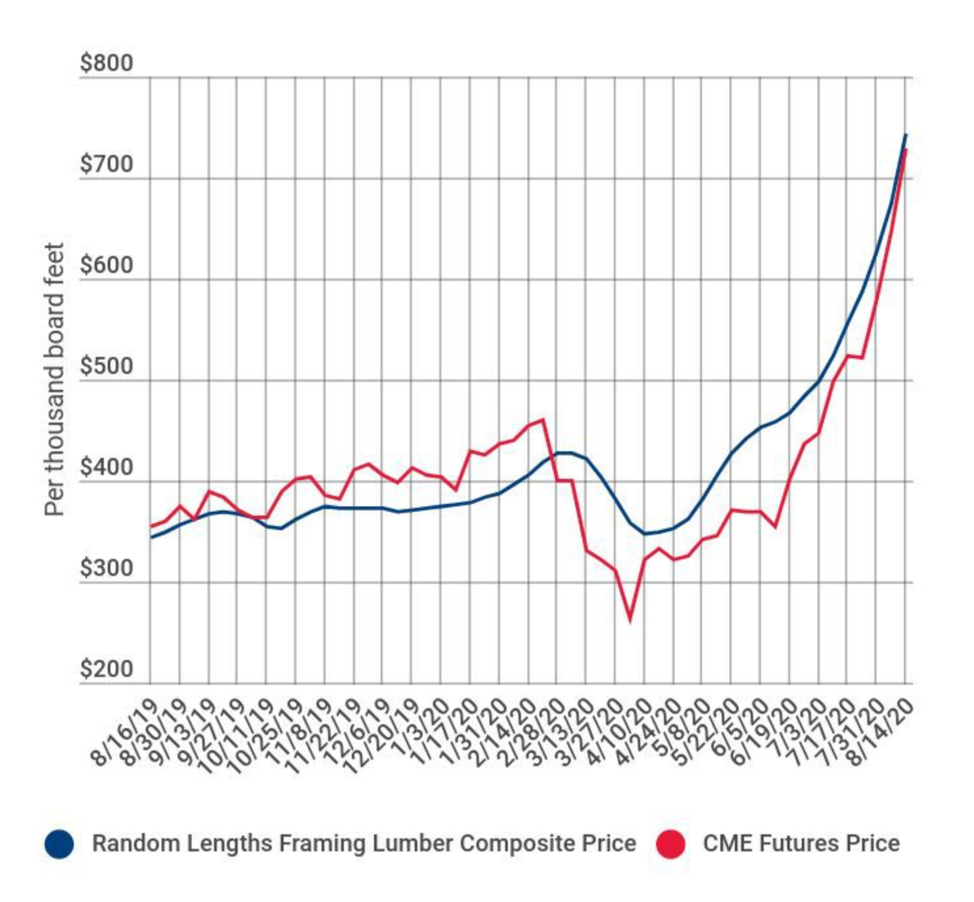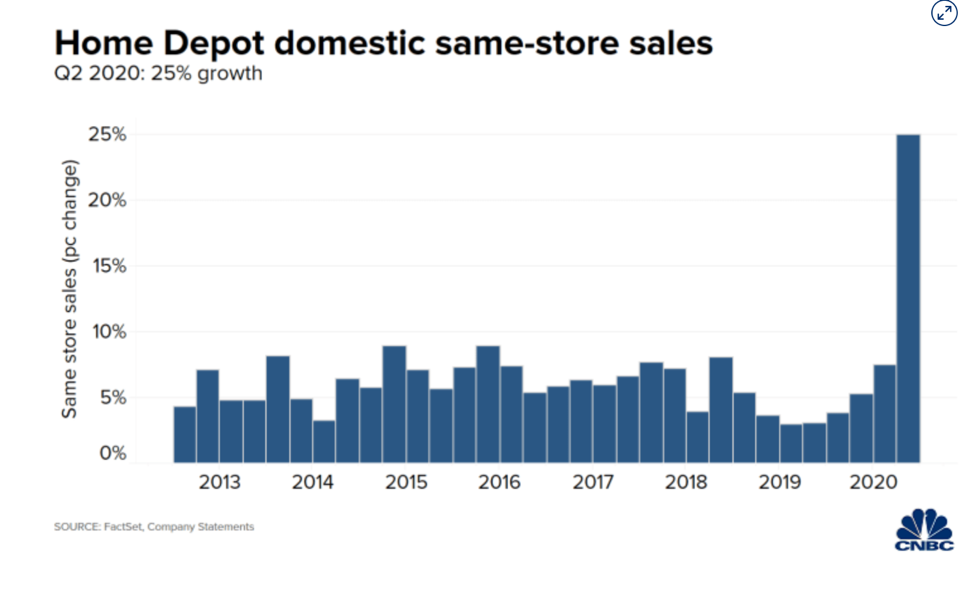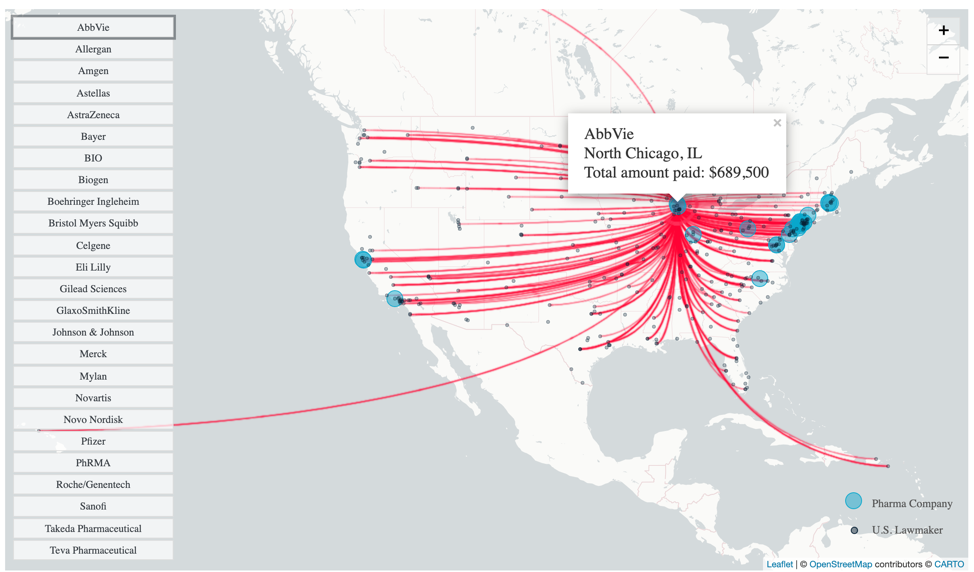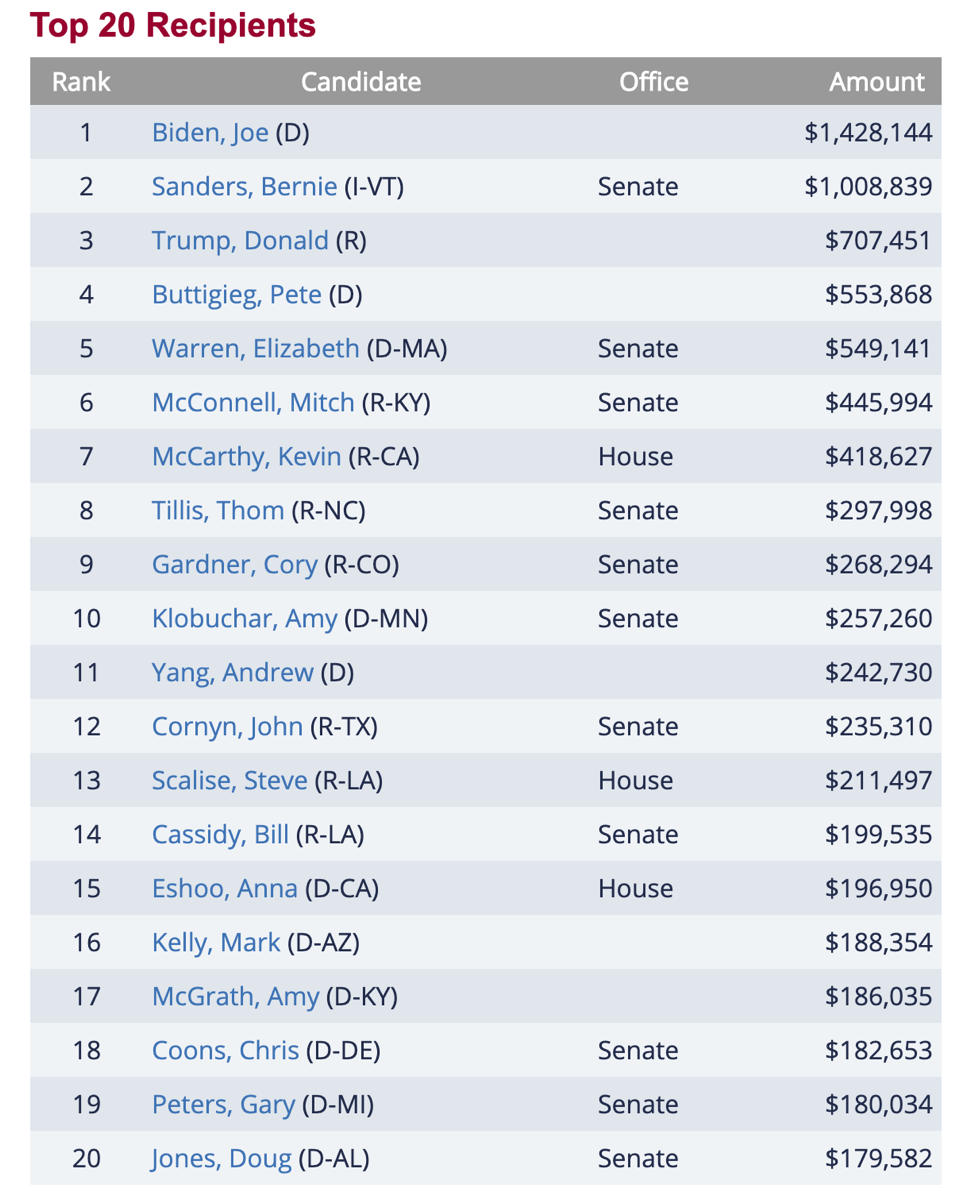 Covering COVID-19 is a daily Poynter briefing of story ideas about the coronavirus and other timely topics for journalists, written by senior faculty Al Tompkins. Sign up here to have it delivered to your inbox every weekday morning.
Covering COVID-19 is a daily Poynter briefing of story ideas about the coronavirus and other timely topics for journalists, written by senior faculty Al Tompkins. Sign up here to have it delivered to your inbox every weekday morning.
I have done more DIY projects in the last five months than in the preceding five years. One thing I have noticed: Lumber prices are really high.
America started the year with lower than normal lumber supplies, then along came the pandemic that shut down mills and slowed imports. At the same time, while Americans are stuck at home, we have been building decks, repairing fences and buying up plywood and two-by-fours.
The National Association of Homebuilders said:
The price of lumber has staged a staggering increase in recent months, rising roughly 80% since mid-April to an average price above $600 per thousand board feet. This increase will add thousands of dollars to the cost of a typical newly-built home, thereby constraining housing supply, exacerbating affordability woes and limiting housing’s economic impact.
The homebuilders association included this chart showing the cost of “framing lumber,” which includes two-by-fours and two-by-sixes, the bread and butter of construction projects:

(From The National Association of Homebuilders, Chicago Mercantile Exchange commodities index)
The Galveston News talked with local builders:
The price changes are affecting all sorts of basic building materials, said Al Fichera, the owner of Fichera Builders in Galveston. In the past two weeks, sheets of plywood have gone from $15 a sheet to $34 a sheet, he said. It’s normal for the price of building supplies to fluctuate, he said, but that kind of spike is unusual.
Jimbo Carr, the owner of Galveston’s Carr Construction Services, which builds homes and commercial buildings in Galveston and Harris counties, said the current price increases represent the “longest sustained rise in prices” he’d seen in all his years of business.
Many factors are feeding the volatility, insiders said. COVID-19 infections and precautions earlier this year shut down lumber mills, creating a shortage in supplies, particularly in pressure-treated wood.
WCIV in Charleston, South Carolina, did some checking with a local builder:
“One piece of maple used to be $35, now they’re upwards of $65,” said Dalton Bradford, an independent builder who owns the Salty Carpenter. “The demand has been overwhelming. The supply has been underwhelming.”
OSB plywood has increased 31% in the last 30 days and 78% in the last year. Data from Buck Lumber also shows the price of spruce wood has increased 25% in the last 30 days and 50% in the last year. All plywood prices have increased 19% in the last 30 days and 61% in the last year.
Bradford says some lumber mills shut down at the beginning of the pandemic, disrupting the supply chain.
“A lot of it’s milled overseas, so now there’s various tariffs involved,” he said. “You’ve got to price materials out because they change every day.”
“Every single time I go to the store, the price is different,” said builder Matt Gillette. He owns the building company King Arthur’s Castle and says much of the lumber in big box stores comes from overseas.
He said that lumber must “go through customs, and to make sure the chemicals that are on there are treated correctly and are safe and meet current regulations.”
In Fort Myers, Florida, the lumber prices and shortages are putting a crimp on plans to renovate a park boardwalk.
As if to confirm the DIY movement during the pandemic, Home Depot and Lowes both announced quarterly earnings this week. Home Depot reported second-quarter sales are up 23%. Get a load of this chart:

(From CNBC)
Lowes said its second-quarter revenue surged 30%. CEO Marvin Ellison said it seems that people have stopped spending so much on clothes and vacations and are buying home improvement stuff instead.
In an interview with CNBC, he said:
We’ve got tons of anecdotal information where someone was planning to take a vacation and now they’ve decided to remodel the kitchen, where they were planning to take a vacation and they decided to remodel their entire backyard to make it a place where they could spend more time.
University students are gathering and partying anyway
Days after the University of North Carolina, Notre Dame, Michigan State University and others made the difficult decision to move classes online, students at other schools gathered and partied like there is no tomorrow.
Penn State students danced the evening away.
The vice chancellor at Syracuse University wrote a seething memo to students who crowded together for a Wednesday night blowout party.
The University of Kansas said a larger part of its COVID-19 outbreak is centered in fraternity houses.
The University of Tennessee traced a COVID-19 cluster to off-campus parties.
Late Thursday, North Carolina State University said it is moving classes online because big off-campus parties spread the coronavirus. Chancellor Randy Woodson wrote:
We have also recently witnessed the negative impacts caused by those who did not take personal responsibility. We’ve had reports of large parties in off-campus apartments. In the last two days alone, we’ve identified three COVID-19 clusters in off-campus and Greek Village houses that can be traced to parties and behavior outside of our community standards and the governor’s mandates. We’re seeing significant infections in Greek life, and at this time there have been another seven Greek houses that have been quarantined due to a number of additional positive cases.
Why some foreign college students fear remote classes
The Wall Street Journal ran a story this week that pointed out the complexities that foreign students endure when they attend remote classes from U.S. schools.
Classes are posting warnings saying that some content that students will study and discuss may be politically sensitive in their home countries. The schools worry what might happen if foreign governments hack into the class material and prosecute the students.
The story said:
At Princeton University, students in a Chinese politics class will use codes instead of names on their work to protect their identities. At Amherst College a professor is considering anonymous online chats so students can speak freely. And Harvard Business School may excuse students from discussing politically sensitive topics if they are worried about the risks.
The issue has become particularly pressing because at least the first semester at many universities will be taught online, meaning some students from China and Hong Kong will connect with their U.S. classmates via video links. Some academics fear the classes could be recorded and ultimately end up in the hands of Chinese authorities.
Pandemic-era child abuse reports are down, and that is not good news
The Washington Post pointed out that it is not good news that child abuse reports are down because it is more likely that the cases are not being identified than it is that people stopped abusing children. The Post reported:
The centers, which provide support for families and children as abuse cases move through the justice system, reported serving 40,000 fewer children nationwide between January and June of this year than the same period last year, from 192,367 children in 2019 down to 152,016 this year, a 21% drop, according to the National Children’s Alliance, an accrediting body for a network of 900 children’s advocacy centers.
“We have absolutely no reason to believe the actual incidence rate has declined,” said Teresa Huizar, executive director of the National Children’s Alliance. “What we really believe is that there are 40,000 fewer kids that haven’t been saved from abuse.”
The total yearlong impact may be even greater, the organization said, since schools and advocacy centers functioned normally for the first 10 weeks of the year.
And the Post pointed out one of the big costs of not sending kids to classrooms:
Year after year, more than two-thirds of child abuse cases are reported by teachers and other community professionals. And no group reports more than educators, who were responsible for 21% of the 4.3 million referrals made to child protective services in 2018, according to federal data. With schools, day-care centers and summer camps closed — and fewer kids showing up for doctor’s visits — vulnerable children have fewer contacts with adults who are most likely to spot signs of abuse or neglect.
Food service workers are forming support groups
Support groups are forming now to try to help food-service workers navigate the multiple stressors they uniquely face. The Dallas Morning News’ story about the topic leads with a paragraph that’s chock full of eye-openers:
Food-service workers have the highest rate of substance abuse of all professions and an above-average rate of suicide. That data is from 2015 and 2016, years before the coronavirus pandemic led to the loss of 700,000 restaurant jobs in Texas, with 250,000 of those in Dallas County.
Now, many of those workers are managing new stressors with the pandemic.
The story goes on:
Pre-pandemic, The Economic Policy Institute reported in 2014 that only 14% of restaurant workers receive health insurance from their employer. They also go without guaranteed wages or access to professional counseling.
Journalists, troll around your community and see what the need is and how public health, private donors and even corporate owners can help or are helping.
Big Pharma is pouring money into congressional elections in a pandemic
Two-thirds of the sitting members of Congress have gotten campaign contributions from pharmaceutical companies ahead of this year’s election, according to a new analysis by StatNews. 356 federal lawmakers have raked in $11 million in this campaign season.
StatNews makes it easy to track the money with an interactive map that links pharma companies with individual congressional districts on a map.

(From StatNews)
When I do training for journalists covering elections, I make sure to remind them that just because a company’s political action committee contributes to a political campaign does not make the candidate unethical. Nothing about such contributions is illegal as long as the political action committee follows disclosure and contribution limit regulations.
But lawmakers regulate pharma and there is a high-stakes race on for COVID-19 vaccine and therapeutic medications that would both be worth billions of dollars for a successful drugmaker. Drug companies are also very interested in the future regulation of drug costs and health insurance.
StatNews pointed out:
The industry’s congressional spending is also an attempt to avert something of a political Armageddon in 2020: If Democrats take control of the Senate and former vice president Joe Biden defeats President Trump, Congress would be poised to enact unprecedented reforms to the way Americans pay for prescription drugs — reforms that would likely slash drug industry revenues.
Democrats in the House have already advanced legislation to allow Medicare to negotiate drug prices and, echoing a Trump proposal, to cap U.S. prices based on what pharmaceutical companies charge for medicines in other countries. Biden, despite his reputation as a political moderate and an industry ally, has also campaigned on an aggressive drug pricing platform.
To get local, go to OpenSecrets to explore the pharmaceutical industry’s contributions to any federal candidate.

(From OpenSecrets.org)
You will see that both political parties get lots of money and the top 20 recipients are familiar names:

(From OpenSecrets.org)
We’ll be back Monday with a new edition of Covering COVID-19. Sign up here to get it delivered right to your inbox.
Al Tompkins is senior faculty at Poynter. He can be reached at atompkins@poynter.org or on Twitter, @atompkins.







